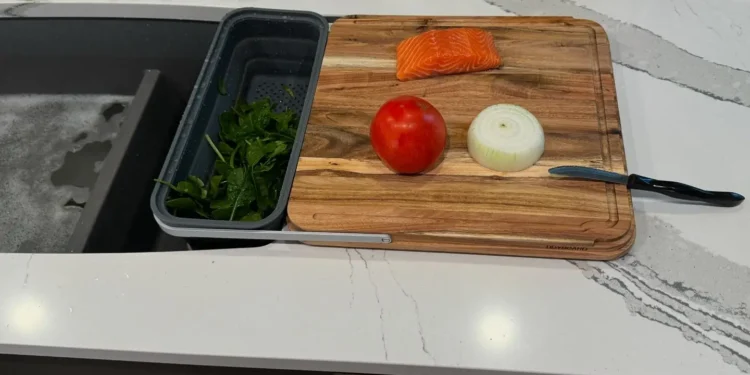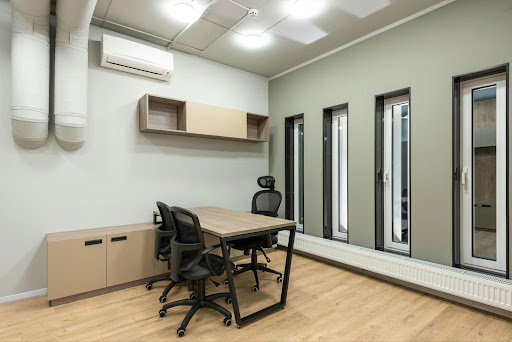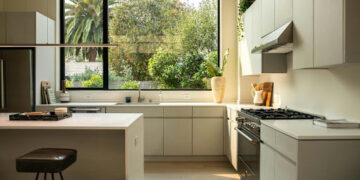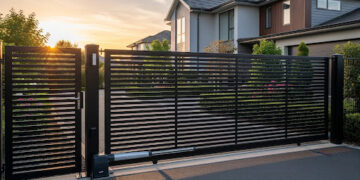Isn’t it a debatable question as to what is the best kind of cutting board? Which surface suits the best? And also why is it important to choose a cutting board that is safe?
Now, for once if you think, the cutting board is an essential kitchen tool, it is used for all the food prep, chopping, slicing, or sometimes even for displaying stuff.
But it has been noticed that plastic cutting boards are usually the go-to, which if studied in depth about the plastic content can be said to be one of the most harmful things to have. So straightforwardly, dumping the plastic boards is your first step.
And now while you have so many other options in the market to replace the plastic cutting board with, how can you be completely satisfied with what you are getting is a safe and non-toxic cutting board.
How Do You Define the Best Type?
There are certain factors to be taken in consideration when selecting a cutting board. It is for your own good.
1. Food Safety
The first and foremost thing to consider is food safety. Anything that you cook is probably prepped on this cutting board, be it chopping or just keeping for measures. So, it is important to have a safe cutting board. This is the primary kitchen tool that comes in contact with food, and if there is any chance of any kind of contamination, it is from here itself. The cutting board can become a breeding ground for bacteria, jeopardising health.
2. Avoid cross-contamination
Now, again a safe and good cutting board also prevents cross-contamination. Suppose you use the same cutting board for both meat and vegetables, there are chances of finding traces of each other in particulars. This cross contamination, can trigger allergic reactions if any.
3. Physical Features
Another aspect to select the best cutting board is its physical features like its size and surface texture.
If size is concerned, it would be preferred to think through what size of material you are looking to chop on it, if it is large veggies, you would probably require a larger cutting board so as to maintain a centre point and balance.
And so far as surface texture is concerned, the surface should be non-slippery to avoid any kind of mishaps.
Tip – You can have more than one cutting board to prevent cross contamination, and also this way you can have variation in surfaces.
Why Choose a Non-Toxic Cutting Board?
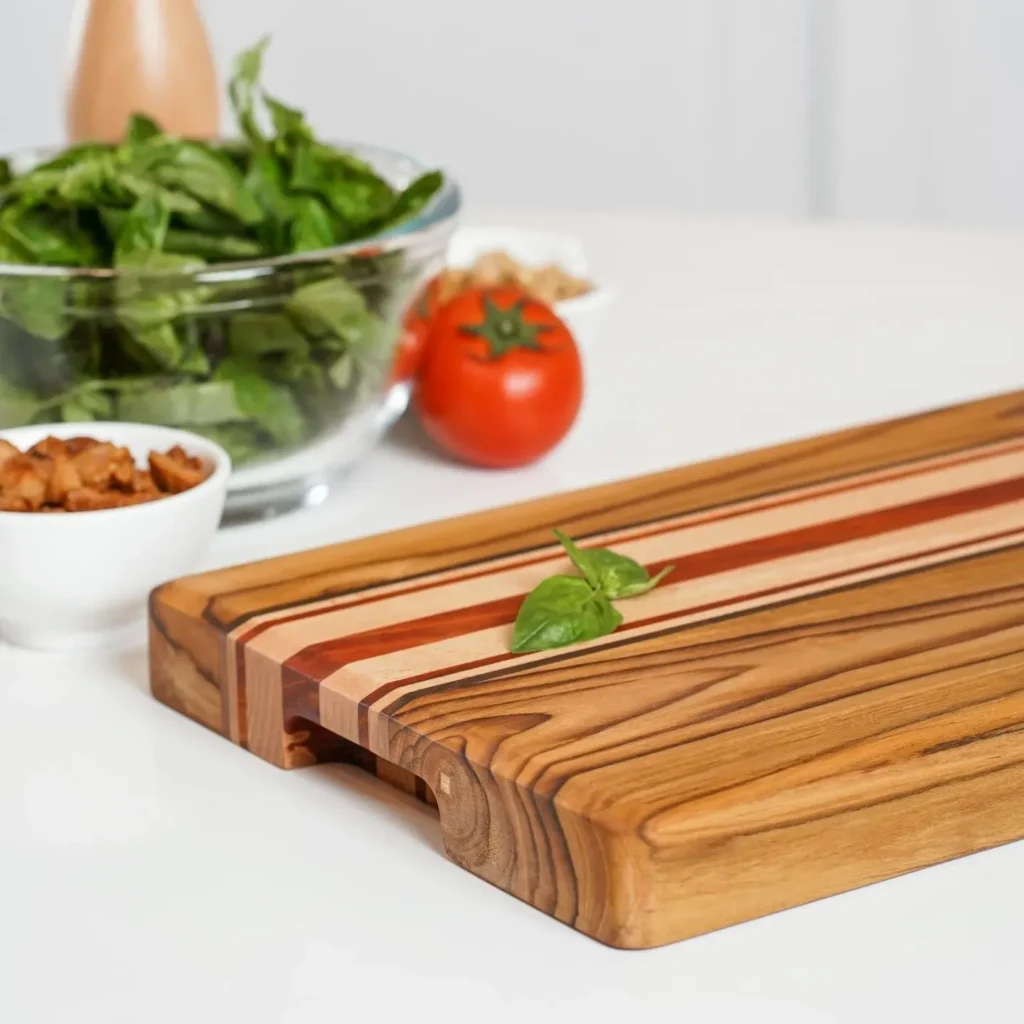
This can be one of the most rising questions in your mind, as to why does it even matter to choose a non-toxic cutting board.
Now, if you think of a cutting board, it can be the source of toxins in your food, because your food is prepped on it. And while you might not care much about it because it is something non-visible, it is of great fear.
Ingesting toxins is the worst way for your body to receive it, as it travels faster to your organs inside the body in comparison to other ways.
Cutting out toxins is important, it messes with your hormonal balance. If we replace our regular cutting boards with non-toxic and safe cutting boards, we are doing our body a favour of healing.
Now let’s discuss a few non-toxic cutting board surfaces to go for.
Recommended Surfaces for Non-Toxic Cutting Board
1. Wood
Wood is one of the most recommended surfaces for non-toxic cutting boards. But people often confuse themselves with solid wood pieces as a cutting board or wood cutting board with adhesive or non-food grade oil finish.
Solid wood without any alterations to it is what is recommended. This is the safest wood option. You would also want to avoid cutting boards made out of softwood like bamboo, and prefer hardwood over it.
Solid wood stays attractive for years, and is naturally hard and non-skid. Woods that you can consider as the surface of your cutting board are – Acacia, Maple, Teak, Walnut, and Oak.
2. Stone
Stone is another solid option to go for when choosing a non-toxic cutting board, to be specific, granite and marble.
But here too you should make sure that they are not chemically treated in any way. They should be naturally polished. They might not be that good for your knives as they are really hard material, but on the bright side if we look, their surface is so hard that it is incapable of having bacteria.
3. Glass
Glass is another fine surface option for a non-toxic cutting board until and unless you are looking for a tempered glass.
This usually is natural, and no chemical treatment is found on it. But you better be sure while making your purchase.
Though this is hard on knives, they are a great option for bacteria free food prep.
4. Silicone
There are specially designed food grade silicones, which are a great surface for a non-toxic cutting board. This can best replace plastic, flexible and handy at the same time.
Silicone doesn’t serve as a breeding ground to bacteria which eases your tension of any kind of contamination to the food. The best quality of silicone is that it is non-slippery, and has a high temperature resistance.
5. Natural Rubber
Rubbers are a top lister surface for non-toxic cutting boards, only if it is 100% natural, high density, without any chemical treatment or any mixing. They are non-slippery, don’t dull your knives, and at the same time don’t absorb any bacteria. Doesn’t this sound like a dream to you? The only drawback is that you would have to clean them by hand.
This is mostly used in professional kitchen settings.
6. Epicurean
For once, you might be wondering what exactly is an epicurean? It is a substance made of natural wood pressed together in sheet form under high pressure and heat.
While some epicureans are soaked in chemicals, there are many that are kept natural. You need to do a thorough research before proceeding to buy an epicurean cutting board. You can simply just look for GreenGuard Certified and you are good to go. Probably it would be preferred to handwash all the non-toxic cutting boards.
Why No Plastic Cutting Board?
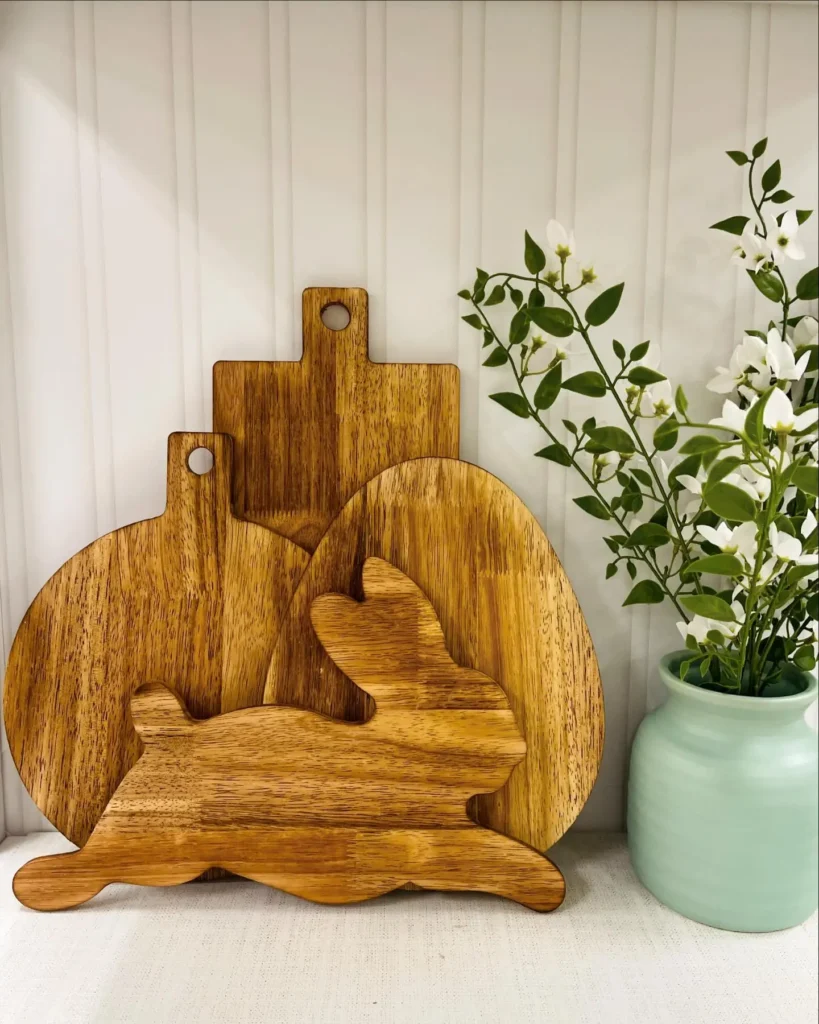
Plastic cutting board is one of the most common surfaces found in kitchens, but it is unsafe for several reasons.
Plastic is made up of chemical additives which means using a plastic cutting board is you, signing up to consuming harmful particles out of it. Plastic boards may contain antimicrobial ingredients that can get into your digestive system and disrupt the balance of hormones. Plastic allows deep cuts on it, which is home to moisture and bacterial growth.
Summing up the above three reasons, it can totally be said that plastic is not a safe option for a cutting board surface. It is highly dangerous over the period of time.
Tips for Healthy Use of Cutting Board
There are certain things that you can follow through to avoid any kind of mishaps during your cutting board experience.
1. Choose good material cutting board
Choosing a cutting board with surfaces like wood, natural rubber, glass, stone, or any other non-toxic surface is important for food safety.
2. Cleaning after each use
Cleaning after every use is equally important to prevent any kind of cross-contamination among your food.
3. Advised to use separate cutting boards
You can prefer using multiple cutting boards for different food types, like keeping one specially for meat preps and another for vegetable chopping. This way you can at max avoid cross-contamination.
4. Avoid surfaces with deep scratches
Surfaces that can contain deep scratches should be avoided as the scratches can trap bacteria from moisture or spillage, which is very difficult to clean.
5. Replace on regular basis
You should look forward to replacing cutting boards time-by-time to avoid any health mishap. If you find any sign of wear and tear, damage, etc, it is time to replace your cutting board.
Conclusion
Selecting a non-toxic cutting board is an important step that you can take towards a healthy kitchen and also a healthy life. This is probably one way you can avoid consumption of toxins. Choosing wood or stone as the surface of your cutting board might be your best option to go for, or it can also be the natural rubber. But ultimately it depends on your preference and priorities completely.
There are always some tips you can follow like cleaning of the cutting boards after each use, or having multiple cutting boards for different purposes, or at tops replacing damaged cutting boards on time.
Go ahead, do it, choose a cutting board that is safe for you, it is a healthier choice.

